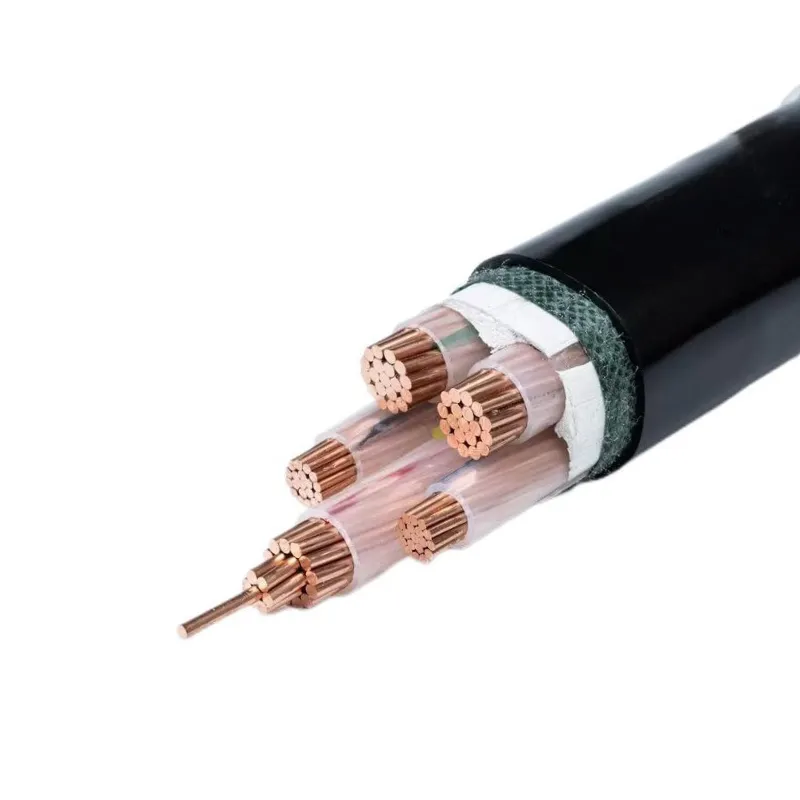Time: 2025-06-09 07:32:46 Source: Henan Province Jianyun Cable Co., Ltd.
Identify the conditions the cable will face—such as exposure to oil, chemicals, UV, extreme temperatures, abrasion, or continuous motion. Continuous-flex cables are essential for applications like robotics, conveyors, and moving machinery.

Choose based on environmental demands:
For frequent bending or flexing, select cables with high-strand-count stranded conductors (IEC Class 5 or 6) to resist fatigue better than solid cores.
Use braided or combined foil+braid shields to balance EMI protection and flexibility—ideal for industrial signal and data applications.
Check for relevant certifications such as UL, IEC, NEC, RoHS/REACH, and fire-resistance ratings (e.g., UL 444) to ensure safety, compatibility, and legal compliance.
| Aspect | Recommendation |
|---|---|
| Environment | Oil/UV/motion → PUR or TPE; high-temp/fire → Silicone/FEP |
| Jacket | PVC for cost, PUR for abrasion, TPE/TPU for flex & cold |
| Conductor | Stranded, high strand count per IEC Class 5/6 |
| Shielding | Foil+braid for EMI and flexibility |
| Standards | UL, IEC, NEC, RoHS, fire ratings required |
| Performance | Check abrasion, temperature, ampacity, voltage drop |
By considering environment, jacket material, conductor design, shielding, standards, and performance, you ensure long-lasting and reliable industrial-grade flexible cables for harsh operating conditions.